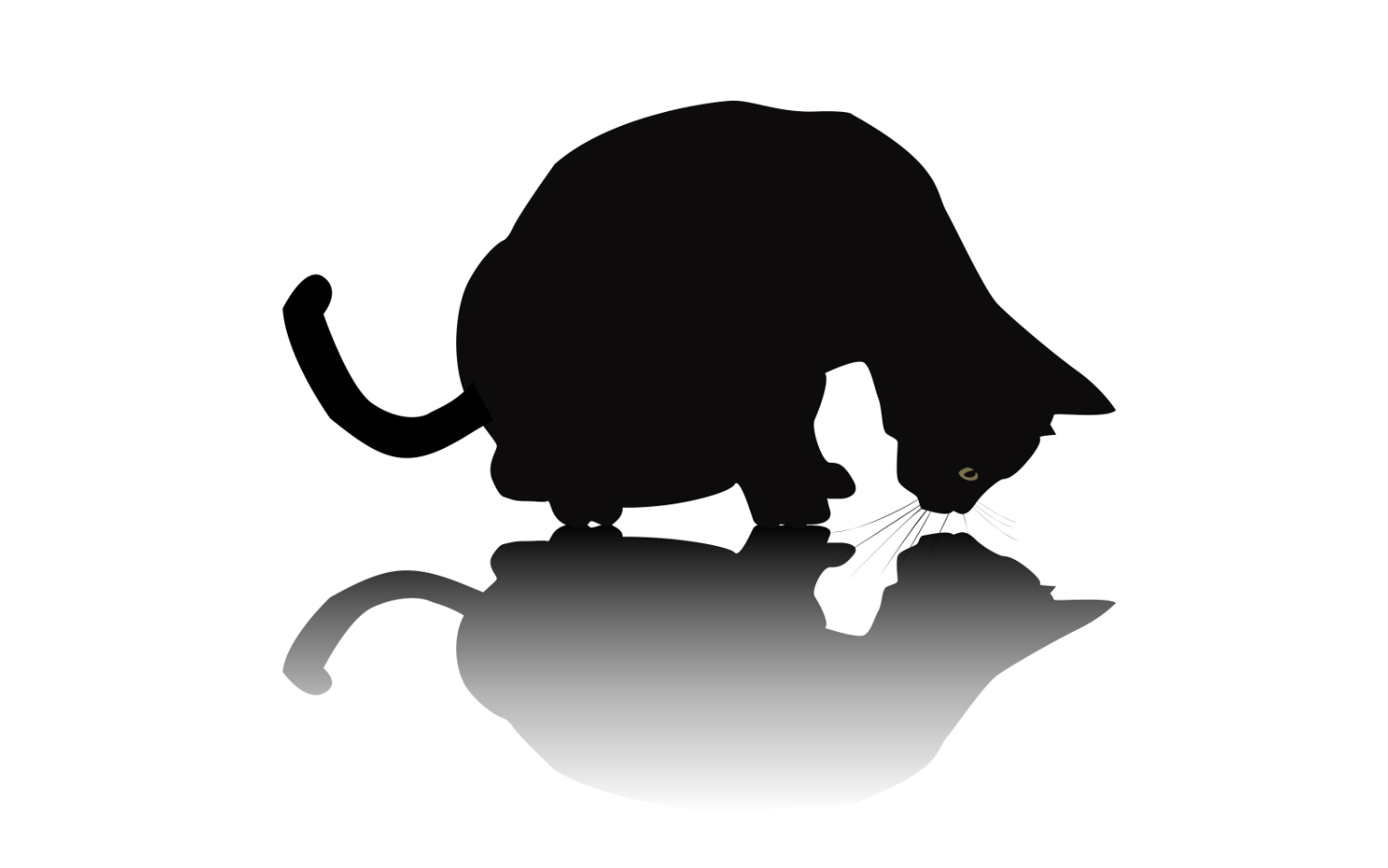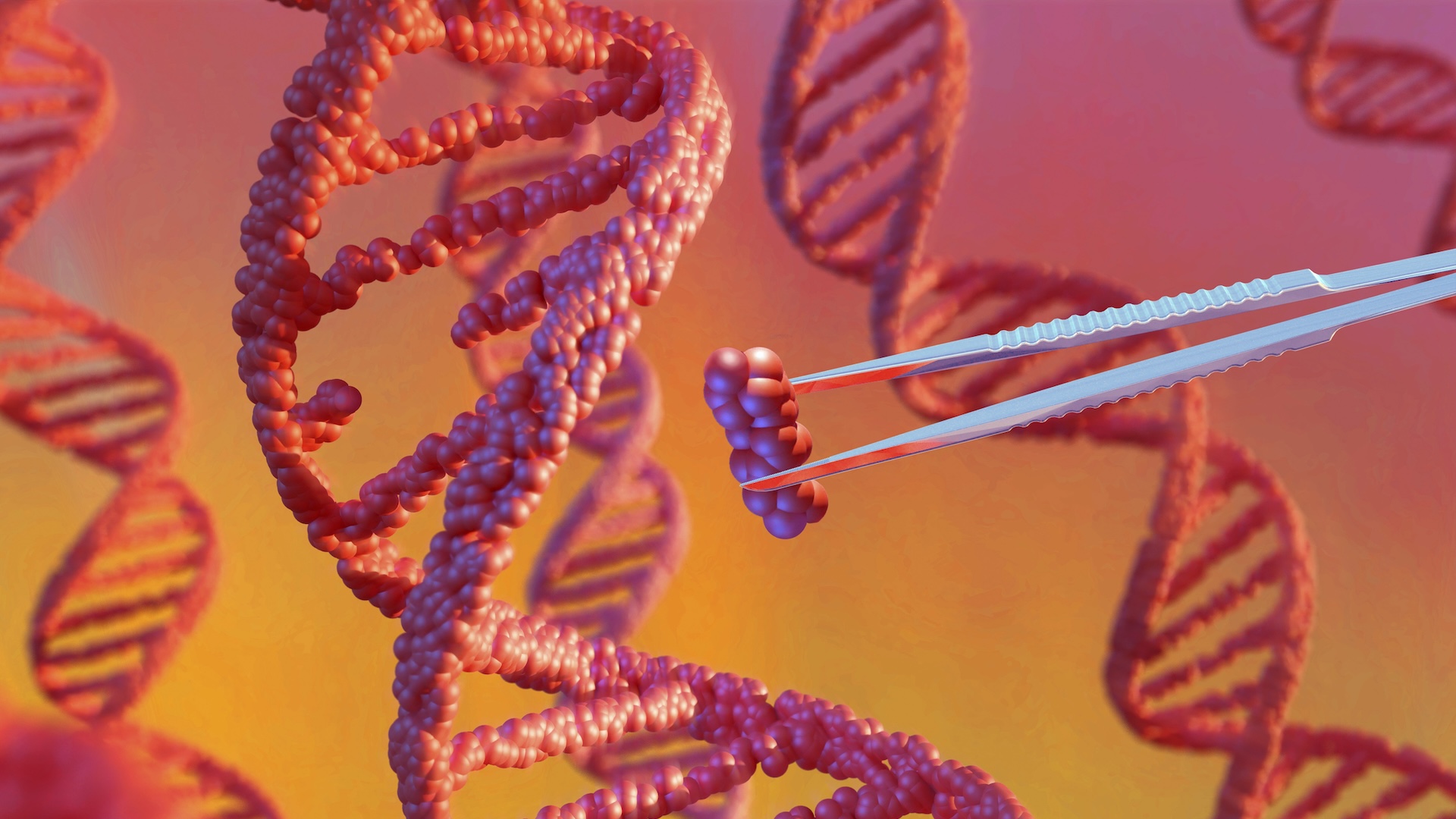Physicists Can Finally Peek at Schrödinger's Cat Without Killing It Forever
At last we can sneak a peek at the dead-and-alive cat.

There may be a way of sneaking a peak at Schrödinger's cat — the famous feline-based thought experiment that describes the mysterious behavior of subatomic particles — without permanently killing the (hypothetical) animal.
The unlucky, imaginary cat is simultaneously alive and dead inside a box, or exists in a superposition of "dead" and "alive" states, just as subatomic particles exist in a superposition of many states at once. But looking inside the box changes the state of the cat, which then becomes either alive or dead.
Now, however, a study published Oct. 1 in the New Journal of Physics describes a way to potentially peek at the cat without forcing it to live or die. In doing so, it advances scientists' understanding of one of the most fundamental paradoxes in physics.
Related: The 18 Biggest Unsolved Mysteries in Physics
In our ordinary, large-scale world, looking at an object doesn't seem to change it. But zoom in enough, and that's not the case.
"We normally think the price we pay for looking is nothing," said study lead author Holger F. Hofmann, associate professor of physics at Hiroshima University in Japan. "That's not correct. In order to look, you have to have light, and light changes the object." That's because even a single photon of light transfers energy away from or to the object you're viewing.
Hofmann and Kartik Patekar, who was a visiting undergraduate student at Hiroshima University at the time and is now at the Indian Institute of Technology Bombay, wondered if there was a way to look without "paying the price." They landed on a mathematical framework that separates the initial interaction (looking at the cat) from the readout (knowing whether it's alive or dead).
Get the world’s most fascinating discoveries delivered straight to your inbox.
"Our main motivation was to look very carefully at the way that a quantum measurement happens," Hofmann said. "And the key point is that we separate the measurement in two steps."
By doing so, Hoffman and Patekar are able to assume that all the photons involved in the initial interaction, or peek at the cat, are captured without losing any information about the cat’s state. So before the readout, everything there is to know about the cat’s state (and about and how looking at it changed it) is still available. It’s only when we read out the information that we lose some of it.
“What is interesting is that the readout process selects one of the two types of information and completely erases the other,” said Hofmann.
Here's how they described their work in terms of Schrödinger's cat. Say the cat is still in the box, but rather than looking inside to determine whether the cat is alive or dead, you set up a camera outside the box that can somehow take a picture inside of it (for the sake of the thought experiment, ignore the fact that physical cameras don't actually work like that). Once the picture is taken, the camera has two kinds of information: how the cat changed as a result of the picture being taken (what the researchers call a quantum tag) and whether the cat is alive or dead after the interaction. None of that information has been lost yet. And depending on how you choose to "develop" the image, you retrieve one or the other piece of information.
Think of a coin flip, Hofmann told Live Science. You can choose to either know if a coin was flipped or if it's currently heads or tails. But you can't know both. What's more, if you know how a quantum system was changed, and if that change is reversible, then it's possible to restore its initial state. (In the case of the coin, you would flip it back.)
"You always have to disturb the system first, but sometimes you can undo it," Hofmann said. In terms of the cat, that would mean taking a picture, but instead of developing it to see the cat clearly, developing it in such a way as to restore the cat back to its dead-and-alive limbo state.
Crucially, the choice of readout comes with a trade-off between the resolution of the measurement and its disturbance, which are exactly equal, the paper demonstrates. The resolution refers to how much information is extracted from the quantum system, and the disturbance refers to how much the system is irreversibly changed. In other words, the more you know about the cat's current state, the more you have irretrievably altered it.
"What I found surprising is that the ability to undo the disturbance is directly related to how much information you get about the observable,” or the physical quantity they’re measuring, Hofmann said. “The mathematics is pretty exact here."
Though previous work has pointed to a trade-off between resolution and disturbance in a quantum measurement, this paper is the first to quantify the exact relationship, Michael Hall, a theoretical physicist at Australian National University, told Live Science in an email.
"As far as I know, no previous results have the form of an exact equality relating resolution and disturbance," said Hall, who was not involved in the study. "This makes the approach in the paper very neat."
- Strange Quarks and Muons, Oh My! Nature's Tiniest Particles
- 18 Times Quantum Particles Blew Our Minds
- What's That? Your Physics Questions Answered
Originally published on Live Science.



